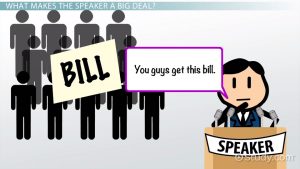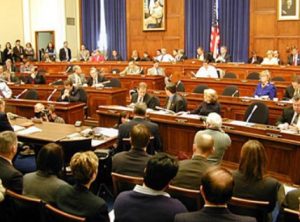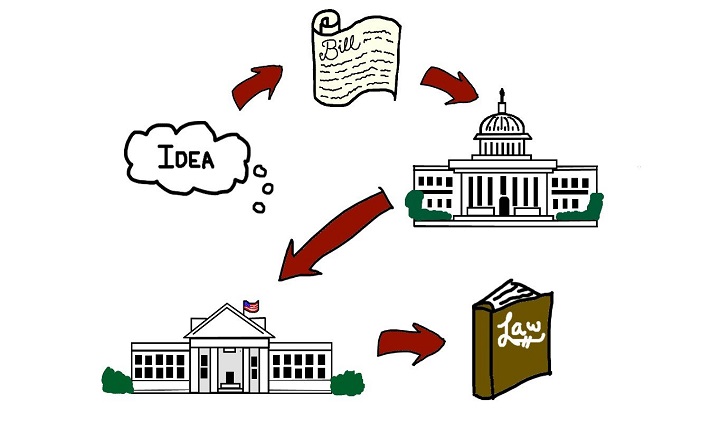The process of how a bill becomes a law involves several steps. First, a bill passes a House or Senate committee and then moves to the full body of the House or Senate. The bill then goes through a Public hearing and goes to a Conference committee to work out differences. Finally, the bill goes to the President for signature. It could also die during this process. Depending on its circumstances, there are a number of different ways for a bill to become law.
House Rules Committee determines the process

A bill’s progress towards becoming law is determined by a committee. The chairman of the committee decides whether to hold a hearing or mark-up’ session on the bill. This is a time when members of the committee gather information about the bill and invite experts to testify on its merits. The committee then votes on the bill.
The conference committee works on differences in a bill.
The conference committee is the body responsible for reconciling the differences between two pieces of legislation. It is composed of members of the House and Senate, who sit together and try to resolve the differences between their respective versions of a bill. Ultimately, the conference committee sends a bill back to both chambers for final consideration and a vote on final passage.
Public hearing
If you have a concern about a proposed bill, you can request a public hearing before it becomes law. The process of a public hearing begins soon after the bill is introduced. The bill will be assigned to a committee, where members from the Assembly and Senate will hear the arguments in favour of or against the bill. The committee will then determine whether the bill should pass and if it should go to a full House and Senate vote for consideration.
Conference committee votes

The conference committee tries to resolve the differences between the House and Senate versions of a bill. Then, each chamber votes to approve the final text of the bill, and it is sent to the President, who then decides whether to sign it into law. If he doesn’t approve the bill, he will issue a veto, which Congress can override.
President’s veto
Presidents may veto legislation to block it from becoming law or to limit its effect. Modern vetoes are designed to limit the power of the executive and legislative branches. Presidents may veto legislation on a variety of grounds, including policy, political, or constitutional concerns. These vetoes are generally classified by the branch of government they are affecting.
Emergency bills become law.

If you’ve ever wondered how emergency bills become law, you’re not alone. It’s a complicated process. The process begins with a legislative declaration of emergency. Unlike presidential declarations of emergency, which need a 90-day waiting period before becoming law, legislative declarations of emergency can take effect immediately.

